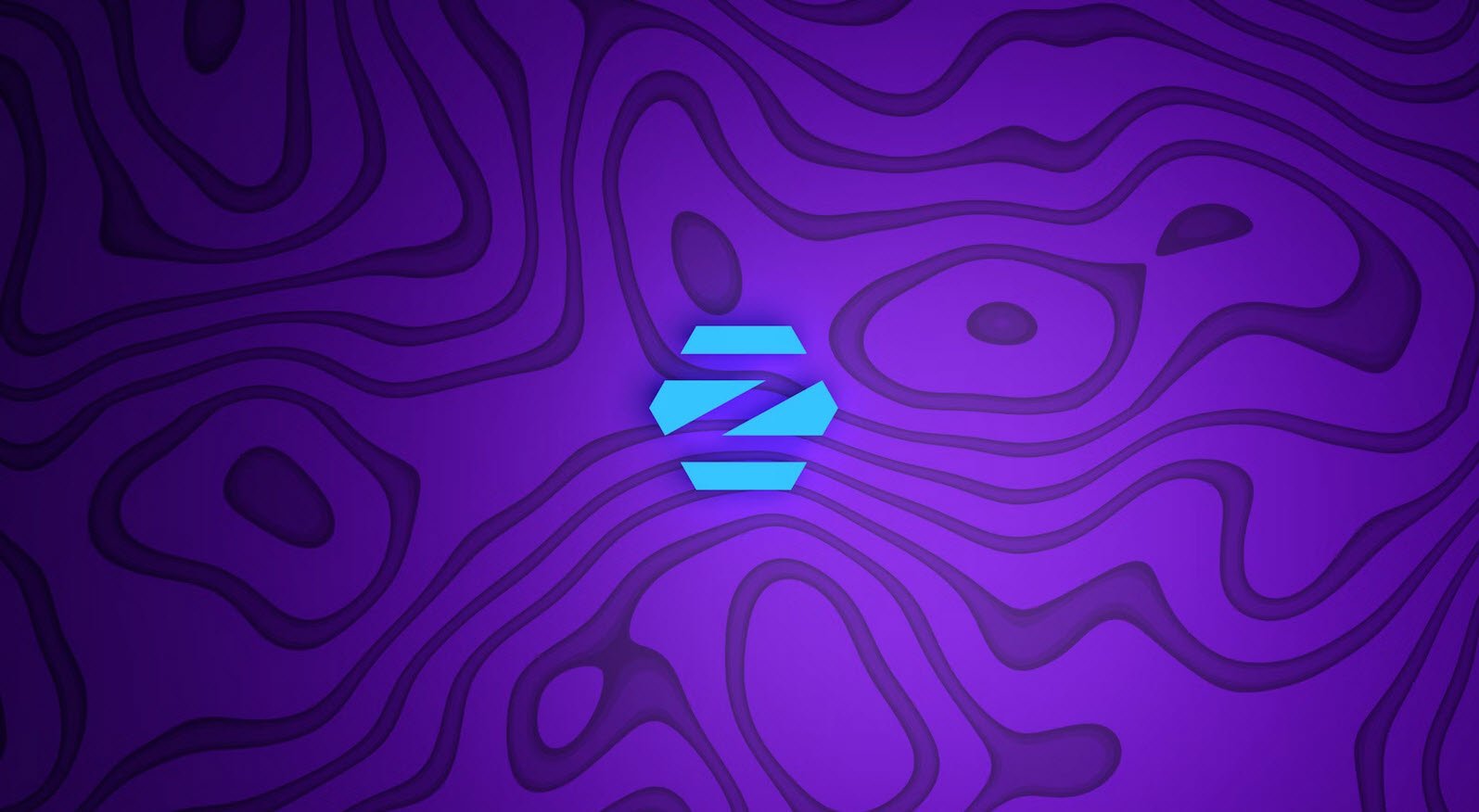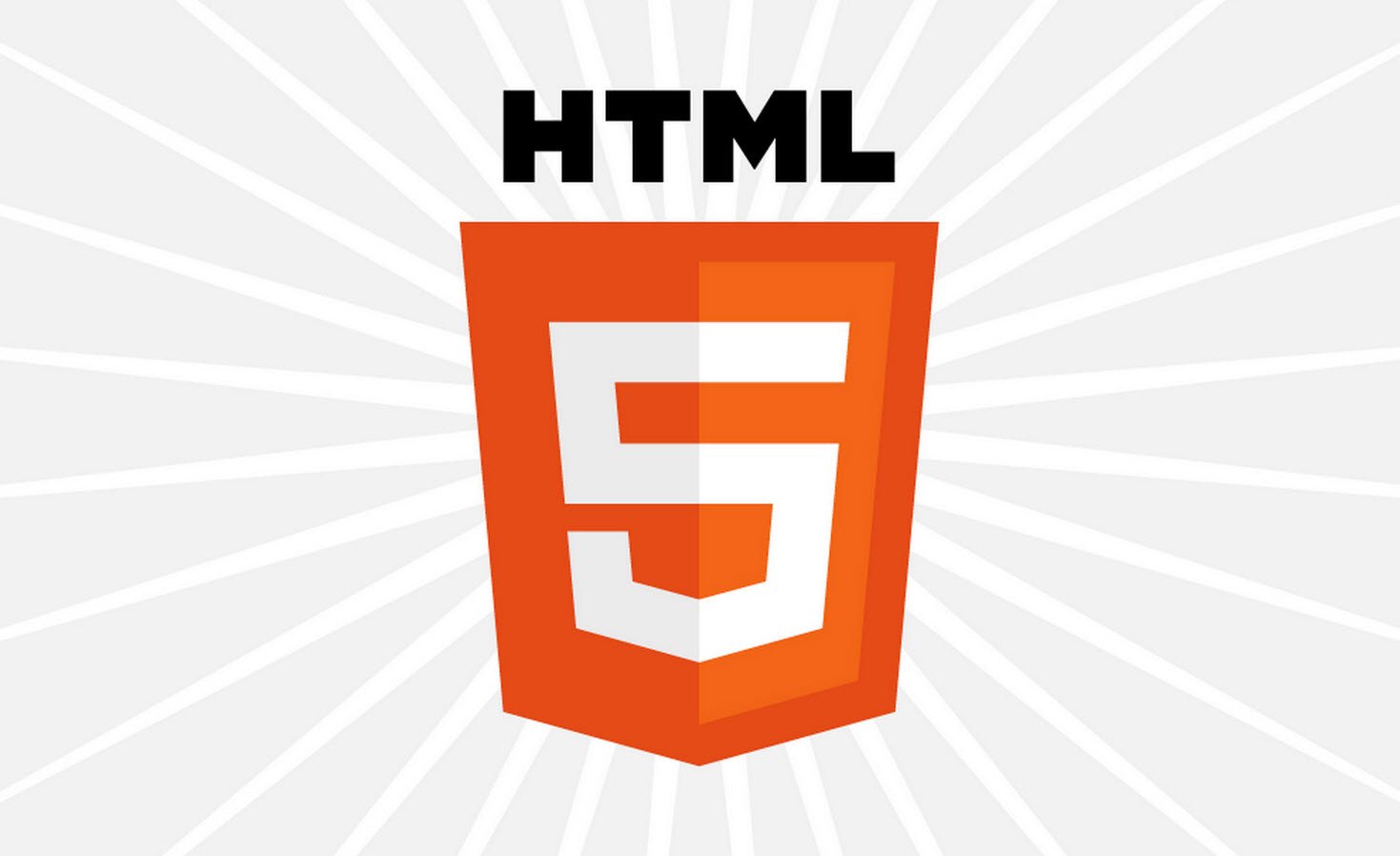
TOGAF is a high-level approach to design. It is typically modeled at four levels: Business, Application, Data, and Technology. It relies heavily on modularization, standardization, and already existing, proven technologies and products.
Also Read:
- TOGAF – Multiple Choice Questions with Answers – Part 1
- TOGAF – Multiple Choice Questions with Answers – Part 2
- TOGAF – Multiple Choice Questions with Answers – Part 3
- TOGAF – Multiple Choice Questions with Answers – Part 4
Question: 46 Which one of the following statements about viewpoints is correct?
A. A viewpoint is always specific to an architecture
B. A viewpoint is used to create views in Phases E and F
C. A viewpoint is used as a template to create a view
D. A viewpoint is what a stakeholder sees
Answer: C
Question: 47 According to TOGAF, in which sequence should Application Architecture and Data Architecture be developed in Phase C?
A. Application Architecture should be developed first, then Data Architecture
B. Application Architecture should be developed concurrently with Data Architecture
C. Data Architecture should be developed first, then Application Architecture
D. Application Architecture and Data Architecture may be developed in either sequence
Answer: D
Question: 48 Which of the following best completes the sentence? The Architecture Repository __________.
A. is used to store different classes of architectural output created by the ADM
B. is a categorisation mechanism for classifying architecture and solution artifacts
C. is a detailed model of architectural work products, including deliverables and artifacts
D. is an architecture of generic functions and services
E. is a set of resources to help establish an architecture capability within an organization
Answer: A
Question: 49 What level of the Architecture Landscape provides a long-term summary view of the entire enterprise?
A. Capability Architecture
B. Operational Architecture
C. Segment Architecture
D. Strategic Architecture
E. Tactical Architecture
Answer: D
Question: 50 A key step in validating a proposed target architecture is to consider what may have been forgotten. What technique does TOGAF recommend to address this issue?
A. Business Transformation Readiness Assessment
B. Business Value Assessment Technique
C. Capability-Based Planning
D. Communications and Stakeholder Management
E. Gap Analysis
Answer: E
Question: 51 Complete the sentence. In the Preliminary Phase, all of the following are part of preparing the organization to undertake successful enterprise architecture, except __________.
A. defining architecture principles
B. defining relationships between management frameworks
C. defining the enterprise
D. evaluating the enterprise architecture maturity
E. identifying stakeholders and their concerns
Answer: E
Question: 52 Which phase of the ADM establishes a set of Principles?
A. Preliminary Phase
B. Phase A
C. Phase D
D. Phase G
E. Phase H
Answer: A
Question: 53 In which Phase of the ADM does the business scenario technique figure most prominently?
A. Preliminary
B. Architecture Vision
C. Business Architecture
D. Information Systems Architectures
E. Technology Architecture
Answer: B
Question: 54 Which one of the following best describes the Architecture Vision document?
A. An agreement between development partners and the sponsor on architecture deliverables
B. A description of how the new capability will address stakeholder concerns
C. A description of the scope and approach for completion of the architecture project
D. A set of quantitative statements outlining requirements on the implementation
E. A set of rules and guidelines to support fulfilling the mission of the organization
Answer: B
Question: 55 Which of the following best describes TOGAF?
A. An abstract framework for the development of standards and processes for a business architecture
B. A collection of components organized to accomplish a specific set of functions
C. A process model, best practices and assets to aid production, use and maintenance of enterprise architectures
D. A reference model containing taxonomy defining terminology for an enterprise architecture, together with an associated graphic
E. A system development lifecycle method for software engineering
Answer: C
Question: 56 Which ADM phase establishes the connection between the architecture organization and the implementation organization through the Architecture Contract?
A. Phase E
B. Phase F
C. Phase G
D. Phase H
E. Requirements Management
Answer: C
Question: 57 Which one of the following statements about the Requirements Management phase is true?
A. All requirements fed into the phase are prioritized, and those of low priority are deferred until the next iteration of the ADM cycle
B. The phase generates the requirements for a given ADM cycle using the Business Scenario technique
C. The phase manages the flow of requirements, storing them, and feeding them in and out of the relevant ADM phases
D. The phase operates like a waiting room, and all requirements fed in to the phase must be resolved by the end of the current ADM cycle
E. The phase resolves the requirements that are fed into it from the other ADM phases
Answer: C
Question: 58 Which section of the TOGAF template for defining principles should highlight the requirements for carrying out the principle?
A. Implications
B. Name
C. Rationale
D. Statement
Answer: A
Question: 59 Which one of the following best describes the next step in an Architecture Compliance Review once the scope of the review has been determined?
A. Interview the project principals to obtain background information
B. Prepare the Architecture Compliance Review report
C. Schedule the Architecture Review meeting
D. Send the assessment report to the Architecture Review co-ordinator
E. Tailor the checklists to address business requirements
Answer: E
Question: 60 Complete the sentence. During the implementation of an architecture, if the original Architecture Definition and requirements are not suitable, a ____ may be submitted to initiate further architecture work.
A. Capability Assessment
B. Change Request
C. Requirements Impact Analysis
D. Statement of Architecture Work
Answer: B
Question: 61 Complete the sentence. All of the following describe a purpose of an Architecture Compliance review, except ______________.
A. determining the technical readiness of a project
B. ensuring the application of best practices
C. identifying business transformation risks for an architecture project
D. identifying errors in an architecture project
E. identifying where architecture standards require modification
Answer: C
Question: 62 According to TOGAF, which of the following steps in Phases B, C, and D occurs before development of the baseline or target architectures?
A. Conduct formal stakeholder review
B. Create Architecture Definition Document
C. Define Roadmap components
D. Perform gap analysis
E. Select reference models, viewpoints and tools
Answer: E
Question: 63 Which ADM phase is responsible for assessing the performance of the architecture and making recommendations for change?
A. Phase A
B. Phase E
C. Phase F
D. Phase G
E. Phase H
Answer: E
Question: 64 Which model within TOGAF is intended to assist with the release management of the TOGAF specification?
A. The Capability Maturity Model
B. The Document Categorization Model
C. The Integrated Infrastructure Information Model
D. The Organizational Model for Enterprise Architecture
E. The Technical Reference Model
Answer: B
Question: 65 Which ADM phase provides architectural oversight of the implementation?
A. Preliminary Phase
B. Phase A
C. Phase E
D. Phase G
E. Phase H
Answer: D
Question: 66 Complete the sentence. The Solutions Continuum represents implementations of the architectures at corresponding levels of the _______________.
A. Architecture Capability
B. Architecture Continuum
C. Architecture Landscape
D. Architecture Metamodel
E. Architecture Repository
Answer: B
Question: 67 According to TOGAF, how is the Enterprise Continuum used in organizing and developing an architecture?
A. To aid communication and understanding between architects
B. To coordinate with the other management frameworks in use
C. To describe how an architecture addresses stakeholder concerns
D. To evaluate how best to develop and implement an architecture
E. To help identify and understand business requirements
Answer: A
Question: 68 Which one of the following provides a foundation for making architecture and planning decisions, framing policies, procedures, and standards, and supporting resolution of contradictory situations?
A. Architecture principles
B. Buy lists
C. Procurement policies
D. Requirements
E. Stakeholder concerns
Answer: A
Question: 69 According to TOGAF, which of the following best describes the purpose of the Architecture Roadmap?
A. To ensure that architecture information is communicated to the right stakeholders at the right time
B. To evangelize the architecture to the end user community
C. To govern the architecture through to implementation
D. To keep the Architecture Review Board informed of changes to the architecture
E. To show progression of change from the Baseline Architecture to the Target Architecture
Answer: E
Question: 70 What technique does TOGAF recommend that focuses on achieving business outcomes rather than just technical deliverables?
A. Business Transformation Readiness Assessment
B. Business Value Assessment Technique
C. Capability-Based Planning
D. Communications and Stakeholder Management
E. Quality Function Deployment
Answer: C
Question: 71 Which model within TOGAF is closely related to the concept of Boundaryless Information Flow?
A. The ARTS data model
B. The Architecture Governance Framework
C. The Enterprise Continuum
D. The Integrated Information Infrastructure Model
E. The TOGAF Technical Reference Model
Answer: D
Question: 72 Which one of the following does TOGAF state is an objective for Phase A: Architecture Vision?
A. To create an implementation and migration strategy
B. To establish an architecture change management process
C. To priorities work packages and projects
D. To validate the business principles, goals, drivers and key performance indicators
Answer: D
Question: 73 In which of the following ADM Phases do building blocks become implementation-specific?
A. Phase A
B. Phase B
C. Phase C
D. Phase D
E. Phase E
Answer: E
Question: 74 Which of the following best describes an approach for adapting the ADM in the situation where business principles dictate that a packaged solution be used?
A. Completion of the Business Architecture should follow the Information Systems Architecture
B. Create an Architecture Vision and then a detailed Business Architecture
C. Produce a “cut-down” version of the ADM suitable to the resources available
D. Tailor the ADM in conjunction with another architecture framework that has deliverables specific to the vertical sector
E. Tailor the ADM to reflect the relationships with, and dependencies on other management processes within the organization
Answer: A
Question: 75 Which Architecture domain is recommended to be the first architecture work undertaken in the ADM cycle?
A. Application Architecture
B. Business Architecture
C. Data Architecture
D. Technology Architecture
Answer: B
Question: 76 Complete the sentence. According to TOGAF, all of the following are responsibilities of an Architecture Board, except ______________________.
A. Ensuring consistency between sub-architectures
B. Ensuring flexibility of the enterprise architecture to meet business needs
C. Improving the maturity of the organization’s architecture discipline
D. Monitoring of architecture contracts
E. Preparing architecture review reports
Answer: E
Question: 77 Which section of the TOGAF document contains a structured metamodel for architectural artifacts?
A. Part II: Architecture Development Method
B. Part III: ADM Guidelines and Techniques
C. Part IV: Architecture Content Framework
D. Part VI: TOGAF Reference Models
E. Part VII: Architecture Capability Framework
Answer: C
Question: 78 Which of the following statements about TOGAF Building Blocks is true?
A. A good Building Block should not be composed of other Building Blocks
B. Architecture Building Blocks should be first selected in Phase D
C. Building Block specifications should be loosely coupled to implementation
D. Custom developments are known as Architecture Building Blocks
Answer: C
Question: 79 According to TOGAF, which of the following is a characteristic of a Foundation Architecture?
A. It contains only solution building blocks
B. It contains business functions and processes specific to a particular industry sector
C. It contains building blocks and their corresponding standards
D. It includes a model of application components and application services software, including brokering applications
E. It includes models for common high-level business functions, such as supply chain management
Answer: C
Question: 80 Complete the sentence. TOGAF covers the development of four architecture domains, Business, Data, Technology and ___________.
A. Application
B. Capability
C. Segment
D. Transition
E. Vision
Answer: A
Question: 81 Which of the following describes an objective of Phase G: Implementation Governance?
A. Finalize the Implementation and Migration Plan
B. Establish the recourses for architecture governance
C. Ensure conformance for the target architecture
D. Operate the governance framework
E. Develop the Target Technology Architecture
Answer: C
Question: 82 Which of the following best describes the purpose of the Statement of Architecture Work?
A. It contains an assessment of the current architecture requirements
B. It defines the scope and approach to complete an architecture project
C. It is sent from the sponsor and triggers the start of an architecture development cycle
D. It provides a high-level aspirational view of the end architecture project
E. It provides a schedule for implementation of the target architecture
Answer: B
Question: 83 Which of the following describes en objective of the Preliminary Phase?
A. Develop a vision of the proposed enterprise architecture
B. Document the baseline architecture
C. Obtain approval for the Statement of Architecture Work
D. Operate the governance framework
E. Select and implement tools
Answer: E
Question: 84 In which part of the ADM cycle do building block gaps become associated with work packages that will address the gaps?
A. Preliminary Phase and Phase A
B. Phases B, C, and D
C. Phase E
D. Phase F
E. Phases G and H
Answer: C
Question: 85 Which of the following is a responsibility of an Architecture Board?
A. Allocating resources for architecture projects
B. Creating the Statement of Architecture Work
C. Enforcement of architecture compliance
D. Determining the scope of an architecture compliance review
E. Conducting assessments of the maturity level of architecture discipline within the organization
Answer: C
Question: 86 According to TOGAF, which of the following is the reason why Business Architecture is recommended to be first architecture developed?
A. It contains a high level description of the business strategy for the organization
B. It is the key document describing how the new architecture capability will meet the business goals
C. It provides prerequisite knowledge for undertaking work in the other architecture domains
D. It mobilizes operations to support the ongoing business architecture development
Answer: C
Question: 87 Which of the following best describes the Integrated Information Infrastructure Reference Model?
A. It can be used to determine the capability level of an enterprise
B. It is a deliverable from Phase A
C. It is an Application Architecture Reference Mode!
D. It provides a conceptual structure for architecture governance
E. It supports all the Common Systems Architectures
Answer: C
Question: 88 Complete the sentence. The practice by which the enterprise architecture is managed and controlled at an enterprise level is known as____________.
A. Architecture governance
B. Corporate governance
C. IT governance
D. Portfolio management
E. Technology governance
Answer: A
Question: 89 Which of the following best describes the TOGAF classification in Phase H for a re-architecting change?
A. A change driven by a requirement to derive additional value from the existing investment
B. A change driven by a requirement to increase investment in order to create new value for exploitation
C. A change driven by a requirement to reduce costs
D. A change driven by a requirement to reduce investment
E. A change driven by a requirement to re-align with the business strategy
Answer: B
Question: 90 Which of the following best describes the purpose of the Business Transformation Readiness Assessment technique?
A. To determine if the organization is ready to undergo change
B. To determine if the stakeholders support the implementation plan
C. To ensure that there are adequate trained engineers to develop the solution
D. To ensure that there is sufficient funding to execute the transformation
E. To plan the migration steps needed to achieve the transformation
Answer: A









This Post Has One Comment